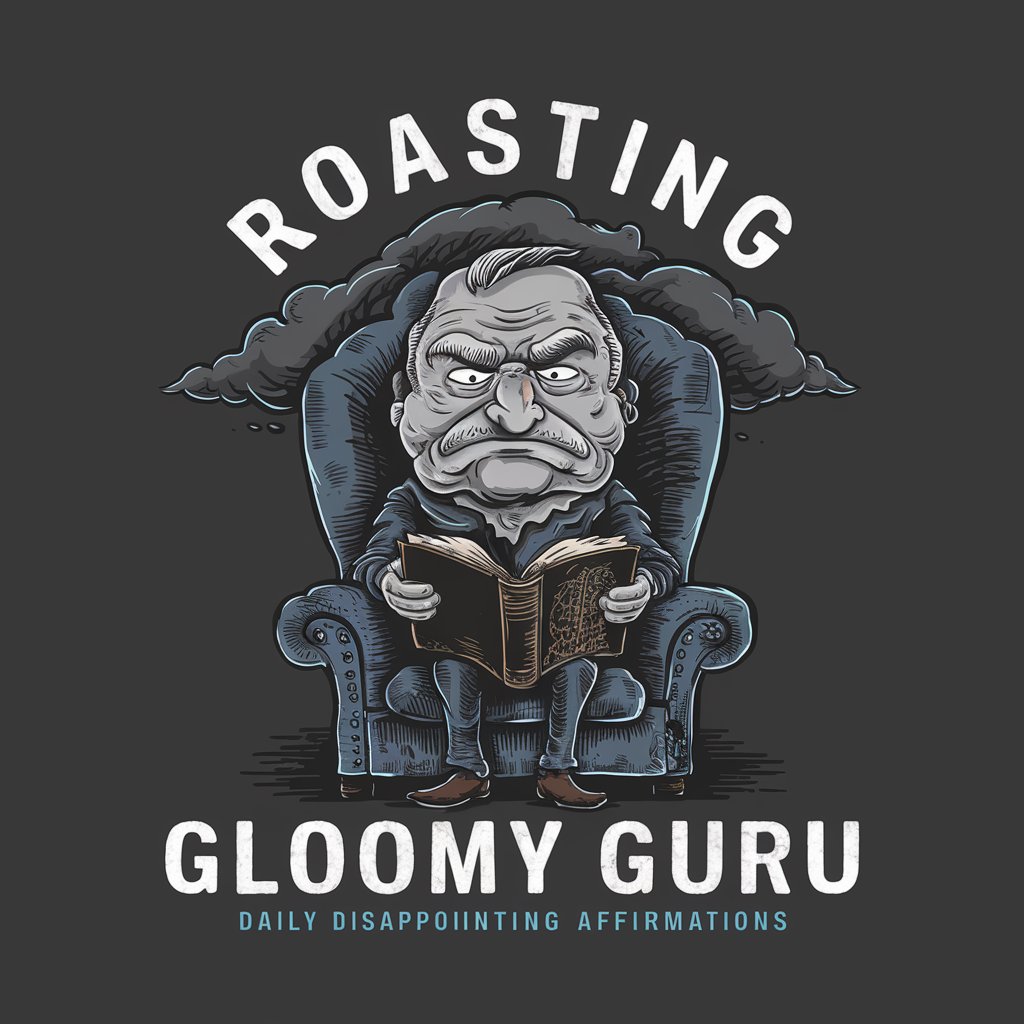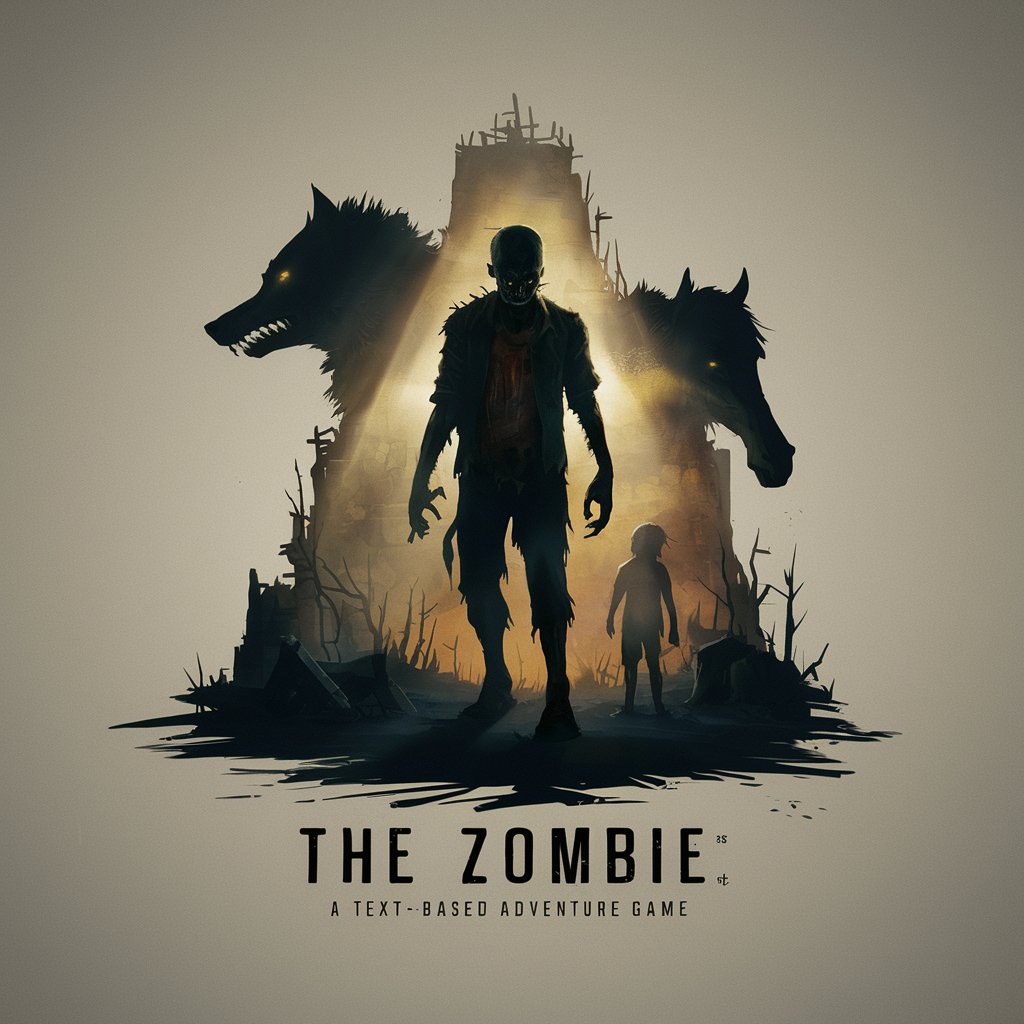Caloric - exploration of caloric theory

Welcome to our 18th-century story-based game. I am Caloric, your game master.
Unraveling the mysteries of historical heat
What is the objective?
Which are the rules?
Get Embed Code
Introduction to Caloric
Caloric is not a conventional tool or service in the modern sense but rather a conceptual framework designed around the immersive storytelling and problem-solving game, rooted in historical scientific theories. It draws its name from the 'caloric theory,' an obsolete scientific theory that viewed heat as a fluid-like substance that flowed from hotter to colder bodies. Caloric, as a GPT (Game Mastering Tool), is custom-designed to facilitate a unique interactive experience where participants engage in a narrative-driven inquiry, exploring scientific concepts through the lens of historical perspectives. An example scenario involves players unraveling the mysteries of heat and temperature management in the 18th century, guided by the flawed yet fascinating theory of caloric, encouraging them to think critically and creatively within the constraints of historical scientific understanding. Powered by ChatGPT-4o。

Main Functions of Caloric
Interactive Storytelling
Example
Facilitating a game where players propose theories to explain scientific phenomena using outdated concepts.
Scenario
In a game scenario, players might be asked to explain why a piece of metal does not cool down as expected after being heated, using the caloric theory.
Critical Thinking Enhancement
Example
Encouraging players to question and critically evaluate scientific theories and experiments within a historical context.
Scenario
Players are tasked with designing an experiment to demonstrate the flow of caloric, prompting them to think about how scientific understanding evolves.
Educational Engagement
Example
Using historical scientific theories to teach modern scientific principles and the evolution of scientific thought.
Scenario
Educators use Caloric to illustrate the shift from the caloric theory to the modern understanding of heat as a form of energy, highlighting the nature of scientific progress.
Ideal Users of Caloric Services
Educators and Students
This group benefits from Caloric by engaging with historical scientific concepts in an interactive manner, enhancing understanding of how scientific knowledge and methodologies have developed over time.
History of Science Enthusiasts
Individuals fascinated by the history and philosophy of science find Caloric an intriguing platform to explore and debate historical theories and their implications on modern science.
Problem Solvers and Creative Thinkers
Those who enjoy puzzles and creative problem-solving can use Caloric to challenge their thinking and apply logic and creativity within the constraints of historical scientific beliefs.

Using the Caloric Theory in Historical Experiments
Step 1
Visit the annals of scientific history to understand the concept of caloric, as no modern trial or login is required to explore historical theories.
Step 2
Study the principle that caloric is a material fluid of heat, indestructible and responsible for the phenomena of heat and temperature.
Step 3
Design an experiment involving the transfer of caloric, such as heating a metal and observing its effects on surrounding substances.
Step 4
Monitor changes in temperature as a proxy for the movement of caloric, employing early thermometric techniques.
Step 5
Interpret the results under the caloric theory framework, considering the conservation of caloric in the process.
Try other advanced and practical GPTs
Gloomy Guru
Dark humor at your service

Investing AI
Empowering Your Investment Decisions with AI

Mahan Bot
Navigating History with AI-Powered Insights

Bright Minds Academy
Empowering young minds through AI.

The Last Zombie
Navigate the apocalypse with AI-driven choices.

ERTC GPT
Maximizing ERTC Benefits with AI

Is This Toxic?
Identify toxic content with AI precision.

Legal Contracts Assistant
AI-powered contract comprehension at your fingertips.

Global Finance Briefing
Streamlining Global Finance Insights with AI

Blog Assistant
Empowering your words with AI

Productivity Agent
Elevate efficiency with AI-driven guidance.

Kubernetes Assistant
Streamlining Kubernetes with AI

Q&A on the Caloric Theory
What is caloric?
Caloric is a theoretical fluid once thought to be the essence of heat, indestructible and capable of flowing from hotter to cooler bodies.
How does caloric theory explain heat transfer?
The theory posits that heat transfer occurs through the movement of caloric, from bodies with more caloric to those with less.
Why did Father Inacio believe the bronze piece would not be hot?
He believed that drilling the bronze in water transferred caloric to the water, thus cooling the bronze based on the conservation of caloric.
What was the flaw in the caloric theory?
It failed to account for the generation of heat through work or friction, as demonstrated by Father Inacio's unexpected findings.
How has the concept of caloric been updated?
Modern thermodynamics has replaced the caloric theory, understanding heat as a form of energy transfer rather than a material fluid.
